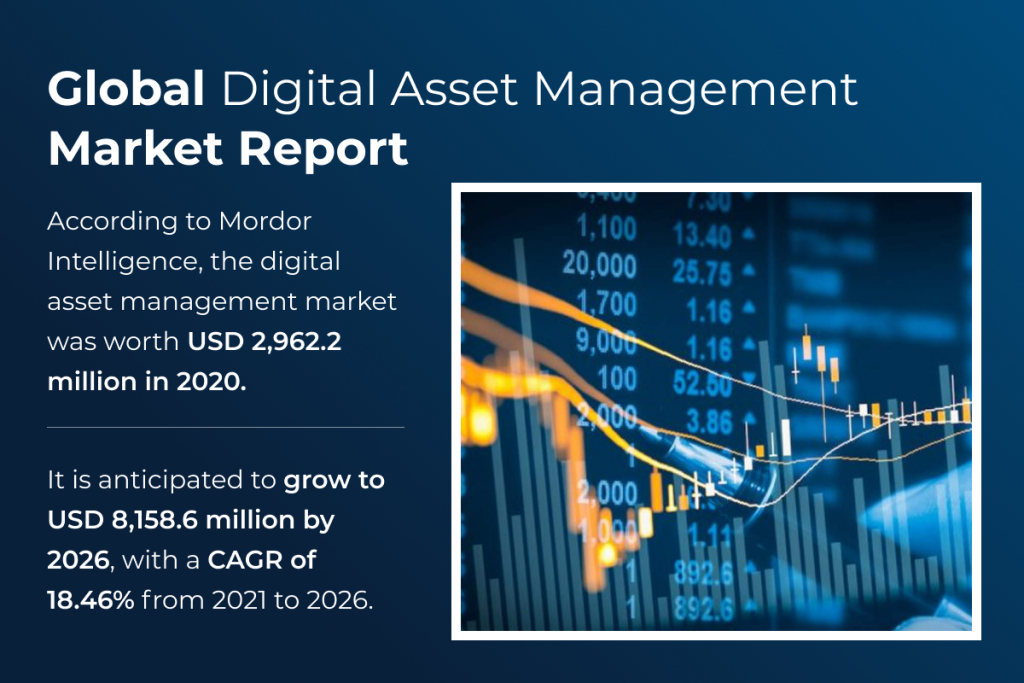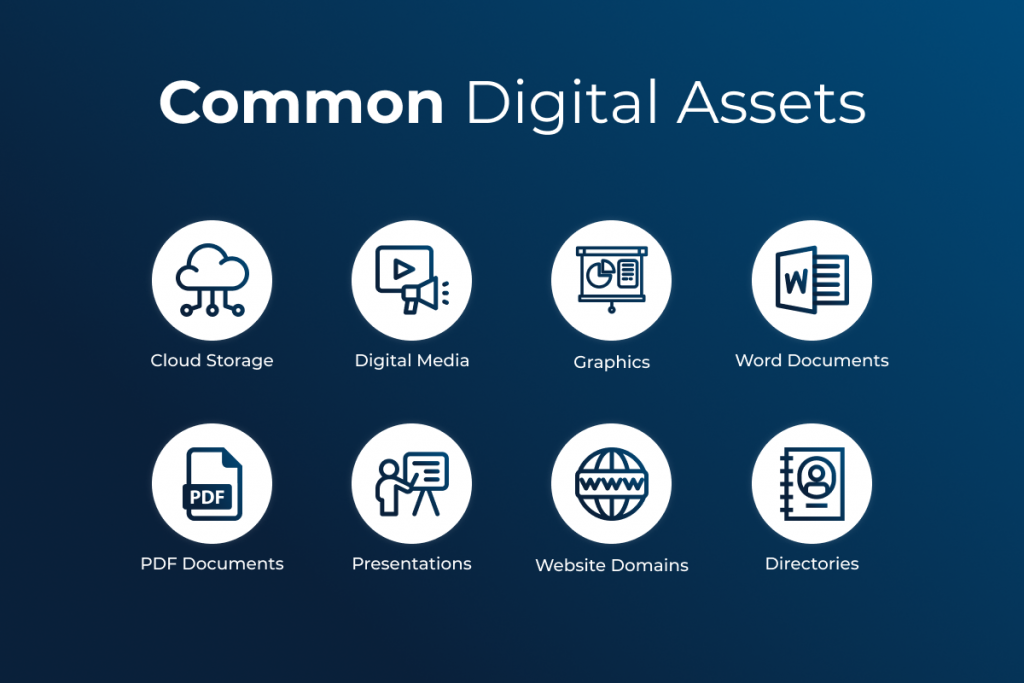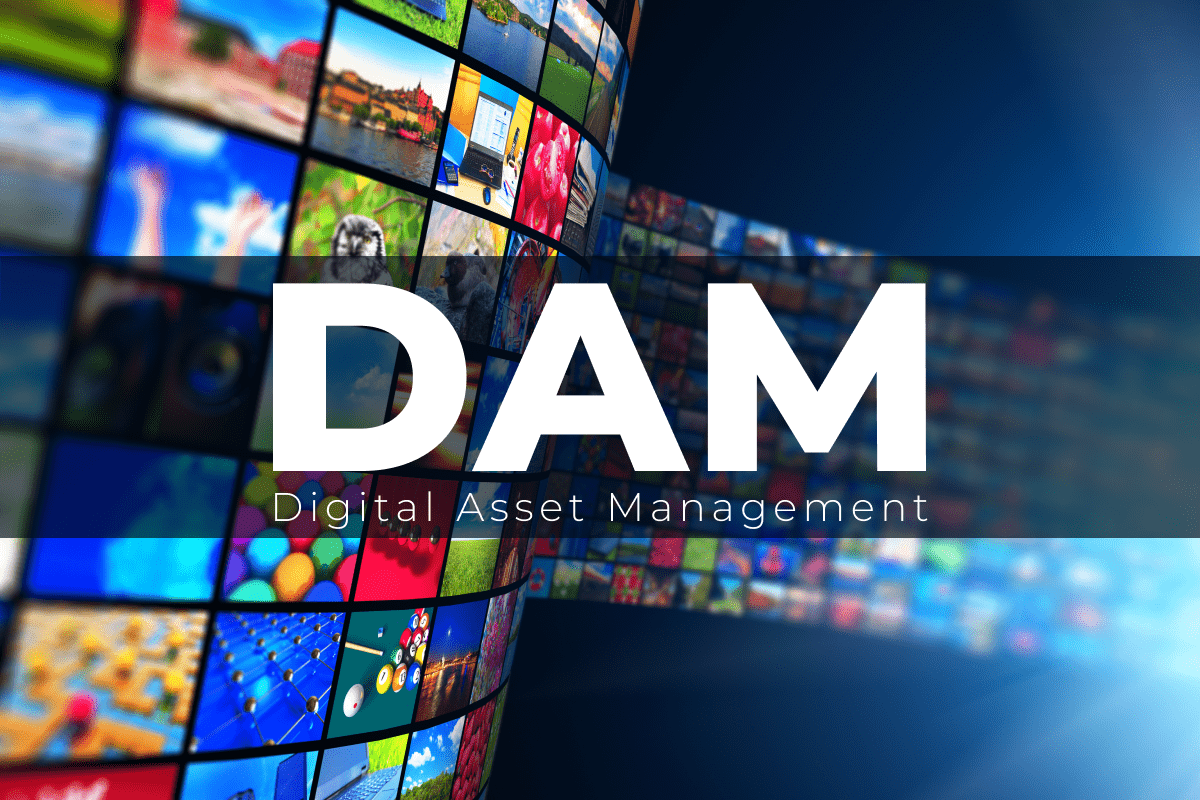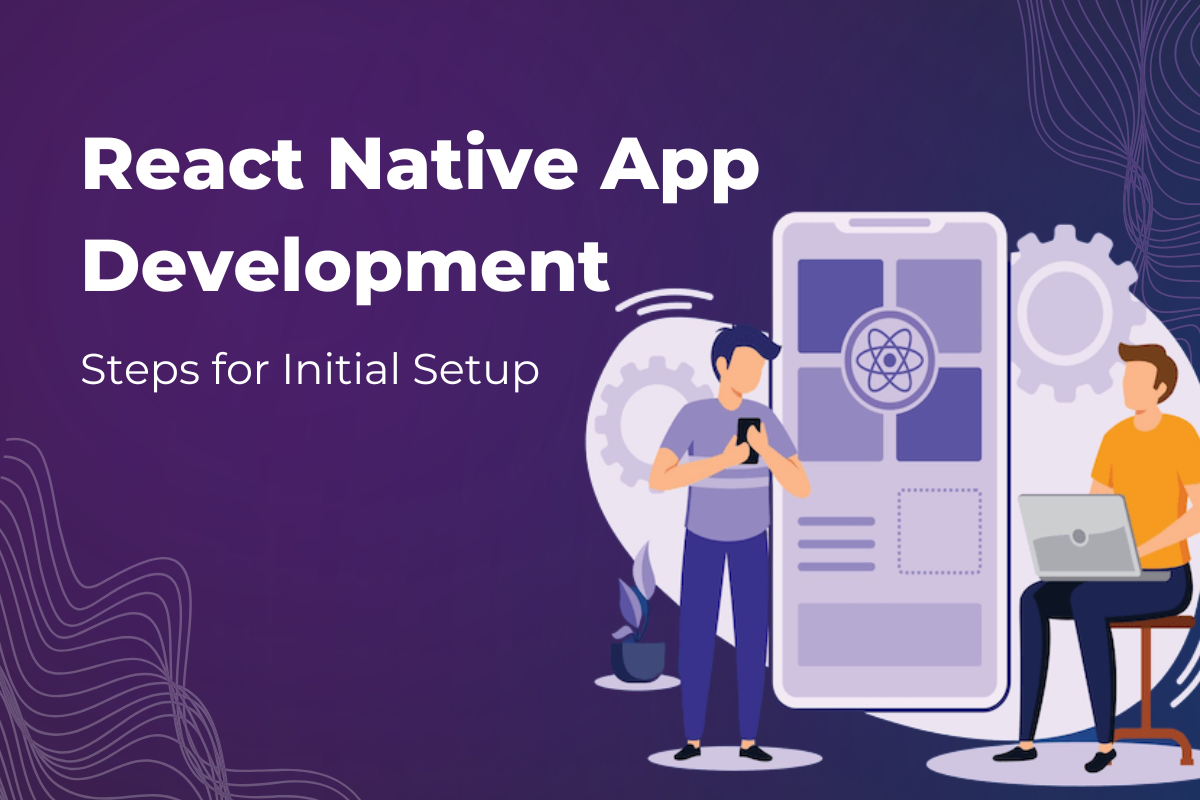Digital asset management (DAM) is a centralized system for storing, sharing, and organizing digital assets. It is not limited to a particular thing but can be images, videos, stats, brochures, or any digital document, and these are called assets, which can be reused. Generally, these files exist just like the technology, regardless of where it is into the device and stored and created. So, the text or the media is formatted into a binary source and provides the right to use it.
Let us breakdown this into simpler terms:
Fellas, most of the designing and marketing teams have between 1000 and 100 000 images. Just think, 60% of them are poorly scattered across different locations, hard drives, email boxes, and into the cloud storage. Reluctantly, from these, a particular set of images get lost in a year because of the arrival of another set into the storage. This happens due to the non-organization that costs the teams their valuable time and resources.
Digital Asset Management is beneficial in maintaining brand consistency. It can improve analytics and delivers valuable insights. The integration capabilities of DAM are worth praising. A centralized repository for all your platforms and analytics tools may help you get a more accurate view of your ROI pertaining to your assets, whether you measure response, conversion, and engagement rates, number of shares, and other metrics.
Implementing DAM software will eliminate all kinds of risks such as file corruption and failed servers as it stores and secures the digital assets in the cloud. It improvises the collaboration and enables the users to find assets at a good pace.

Owing to the digital content, you can see the rising digital engagement. Marketing teams focus on producing more digital content and creative output, deploying new digital experience technologies, and investing in consumer data and analytics. Furthermore, DAM solutions aid security by giving organizations considerably more control over file access and identity management. As a result of this, the market is likely to benefit from it.
What sets the best Digital Asset Management?
Finding a good Digital Asset Management Solution is not easy but can be searchable with considering a few of the factors:
- To look for access for the number of internal and external users.
- To look for ease of use.
- Reviewing compatibility and the workflows.
- Check whether it addresses securities and other settings in it.
- Look for platform customization and personalization for brand consistency.
What are examples of Digital Assets?

The digital assets are not limited; these include photos, music, videos, podcasts, animations, and other multimedia content. These files are large and carry intrinsic, extrinsic, and transactional value in the sections.
The examples associated with Digital Asset Management can be:
- The advertising campaign has graphic, photographic, textual, and video files.
- Catalog of music
- Libraries of the documents
Remember a thing that the digital assets are not always relevant to the media category; it is meant to hold a variety of data collected from the IoT devices.
Are you aware of the coronavirus impact on the digital asset management market?
This coronavirus pandemic has forced every business to adopt the remote working system, which raises the bar of digital management assets than it was ever before. Even if we see closely, the demand for the collaborative digital workflow has also significantly increased its demand, looking at the working from home culture. You know the growth has also resulted in its increased demand. See how it gave the scenario globally and made the world realized the need for digital asset management.

What is the difference between CMS and DAM?
At first glance, DAM and CMS may seem very similar. These are the specific systems that let you engage efficiently with digital assets. These generally have similar conditions in some ways, so they overlap. But, if they have been built, then that can be for different purposes.
Although CMS and DAM are both content management systems, distinguishing the two might be challenging.
The initial area in which DAM and CMS make a difference is the functionality. A CMS manages the content appropriately, and that can be related to any users' website. On the other hand, DAM creates an association through links between the designer and the marketer.
A content management system (CMS) allows users to contextualize material with media before publishing it on a website or blog. The CMS will enable users to arrange content like photos, videos, and pictures with words in whatever way they choose. A DAM, on the other hand, uses a media file format to manage the whole content. Images, docs, and videos are examples of material in this context. Due to the specific differences in content management, integrating the two systems may be beneficial.
Another one, CMS and DAM systems are designed really differently. DAM is not at all to generate content but to manage it. These are used to assemble the data instead of its being the media libraries, recomposing images and videos, downloading files, and of course, at last, distributing it. On the next side, a CMS does not provide the same content management and manipulation level as a DAM; the two systems work together. As a result, the two systems may readily communicate with one another. Consider integrating a content management system (CMS) and a digital asset management (DAM) system into your website to maximize content production and management benefits.
What are the benefits of Digital Asset Management Software?

In today's world, what is actually dancing is the CONTENT only. Every content that is placed on the internet is getting its value depending upon the context. Marketers in today's corporate environment must be prepared to deal with a wide range of expectations. Digital asset management (DAM) solutions are becoming increasingly popular among teams and individuals that need to optimize and organize digital assets and information.
1. Organized system:
Want to give value to your company's content? Get a quality DAM system that will undoubtedly enhance productivity and efficiency with the best file management system. A digital asset management system (DAM) can assist organizations in overcoming a number of the most significant difficulties they encounter when it comes to producing, storing, managing, and distributing digital assets.
2. Best Storage:
Businesses will be able to create particular rules to regulate access to diverse assets using a sophisticated DAM system. This guarantees that only those who are meant to be able to see certain files may do so, and for specific firms, this is critical. Trying to share digital files as email attachments or via an unreliable file-transfer service is far more difficult and time-consuming than utilizing Digital Asset Management System. You may use a DAM solution to organize, store, edit, and distribute your digital information from a single platform.
3. Efficient usage of Resources:
Many firms would lose track of and forget about their digital assets if they don't have Digital Asset Management Software. This wastes both time and money. A DAM solution will also allow you to generate and retrieve content far more quickly than you could ever do otherwise. You won't have to worry about digital assets becoming lost or forgotten if you use a Digital Asset Management System to manage them.
4. Privacy and Permissions:
DAMs are critical digital assets as they incorporate rules and governance into the system. Not just for transactions but also to safeguard the intrinsic worth of branded and trademarked assets, this capability is essential.
5. Out of the box consistency:
You might lose track of your digital assets, and your team has to hunt through an illogical and convoluted file structure. This could turn the simplest of the activities to be considerably more difficult and time-consuming.
The Scope and Conclusion
Managing digital assets without Digital Asset Management Software is considerably more complex than it needs to be. The implementation of digital asset management is assisting businesses in developing solutions that allow them to recover digital assets more quickly and build the groundwork for targeted access across teams and channels. Due to being broken down into data silos of the media industry, the use of these solutions may expand even more. Digital assets across teams and the entire organization may be conveniently managed and accessible with the help of Digital Asset Management (DAM).
So, think about how businesses can be well-organized, store, and of course, retrieve rich content with digital asset management. The key that pushes Seasia Infotech to create a successful DAM project is all due to our decisions, compromise, and act quickly.
Join us today to know more about DAM in our upcoming series!



